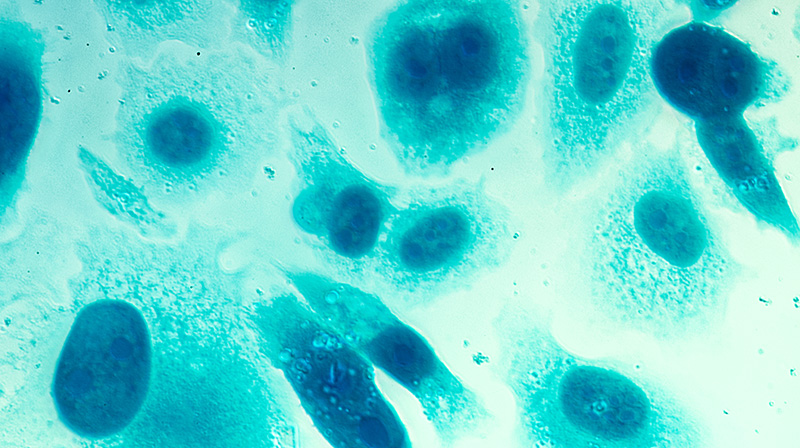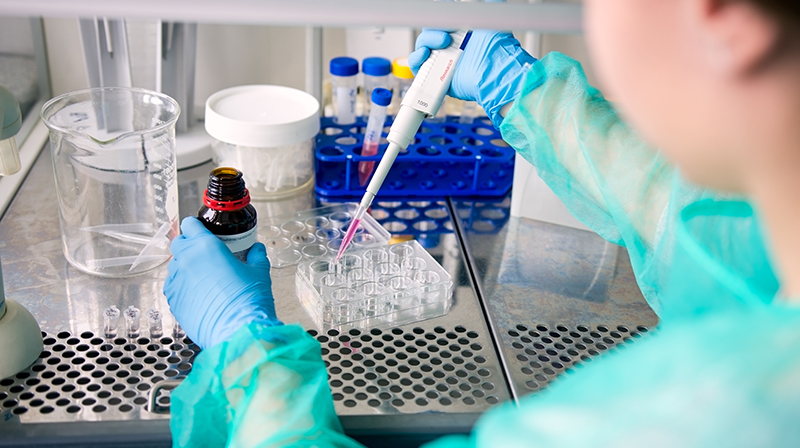
Predicting and reducing side-effects in prostate cancer therapy

Grant information
Institution – Imperial College London
Researcher – Professor Charlotte Bevan
Grant award - £211,800
Duration of funding – 2014-2017
Status - Complete
Reference – PG13-033
We’re working to understand why prostate cancer drugs stop working, and using that knowledge to devise early warning systems for when resistance develops.
The project in a nutshell
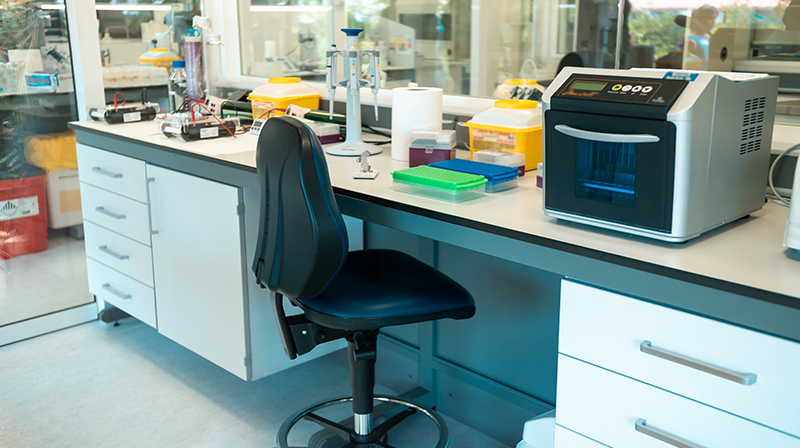
- The team have designed a model to test multiple treatments for androgen-resistant prostate cancer.
- This can save men from unnecessary treatment with debilitating side-effects.
- At least two treatments have been identified to have huge potential, with currently one in clinical trials.
Why did we fund this project?
A major clinical issue with the progression of prostate cancer is the transition to castrate-resistant prostate cancer, which depend less on androgens to grow.
Androgens attach to cells through androgen receptors, which can cause prostate cancer progression even in castrate-resistant prostate cancer.
- With this in mind, the team set out to develop a model to image, and ‘light up’, active androgen signals which can be observed throughout the body by the scientists.
- This will help the team find out more on what happens when prostate cancer progresses and stops responding to androgens.
- It will also let the team watch what happens when various treatments are used and help them to predict the side effects that a treatment might have.
Spotlight on - The AR
What did the team do?
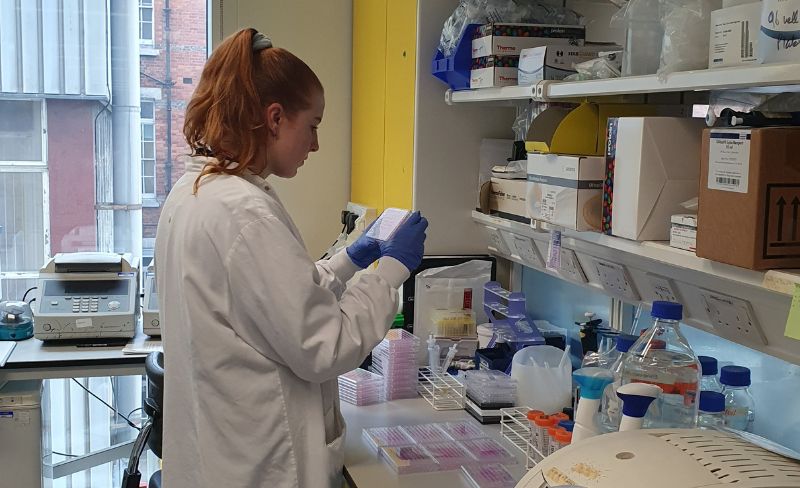
- Using imaging techniques, the team monitored the androgen activity, as well as prostate size, to see the effects of the therapies.
- This was done in prostate cancer models which require androgen to grow, and castrate-resistant prostate cancer.
- The team compared different androgen deprivation therapies which reduce the amount of androgen in their cells for side-effects.
What did the team achieve?
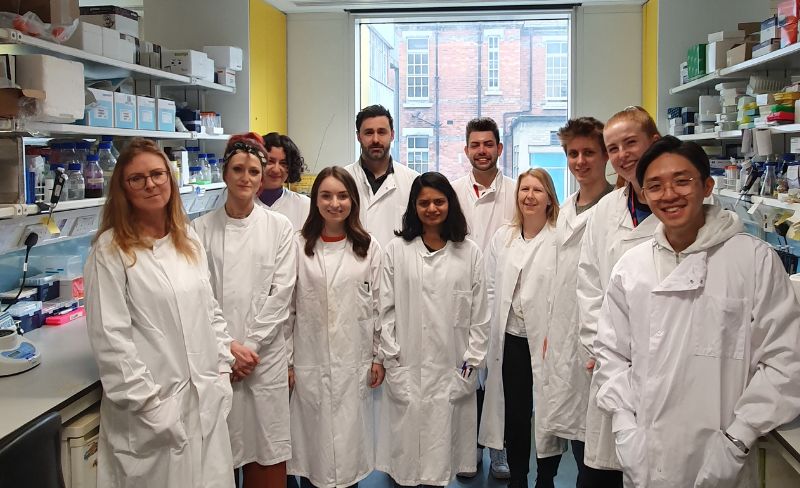
- The imaging techniques used could show which treatment worked best and was most targeted to the cancerous area.
- The model used by the team was found to fit well with general prostate cancer progression and is useful to track random tumour growth.
- The model can also show tissues which are hard to see in other imaging methods, and changes in prostate size.
How will this benefit men?

- Currently, men with prostate cancer suffer debilitating side-effects of the available treatments.
- The new model can assess side effects of different treatments and give researchers a good idea of how effective the treatments are at reducing androgen activity.
- The team have shown enormous potential of two new prostate cancer treatments, with one currently in clinical trial.
With your help we can beat prostate cancer, together
With your continued support you can help us cure more men with less harm. Take action today and help us work towards a future where men's lives aren't limited by prostate cancer


